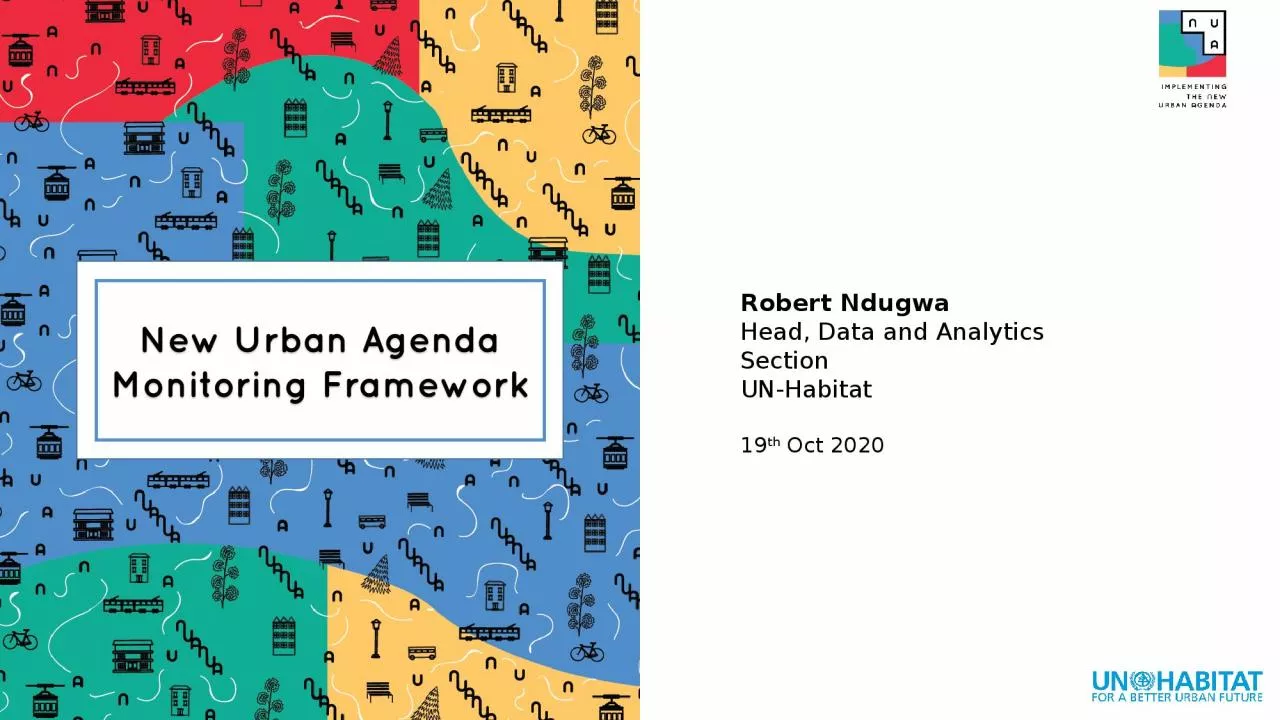PPT-Robert Ndugwa Head, Data and Analytics Section
Author : layla | Published Date : 2023-09-23
UNHabitat 19 th Oct 2020 432019 NUA Guidelines circulation NUA Guidelines circulation 92019 Framework development with internal and external consultation eg RECS
Presentation Embed Code
Download Presentation
Download Presentation The PPT/PDF document "Robert Ndugwa Head, Data and Analytics S..." is the property of its rightful owner. Permission is granted to download and print the materials on this website for personal, non-commercial use only, and to display it on your personal computer provided you do not modify the materials and that you retain all copyright notices contained in the materials. By downloading content from our website, you accept the terms of this agreement.
Robert Ndugwa Head, Data and Analytics Section: Transcript
Download Rules Of Document
"Robert Ndugwa Head, Data and Analytics Section"The content belongs to its owner. You may download and print it for personal use, without modification, and keep all copyright notices. By downloading, you agree to these terms.
Related Documents














